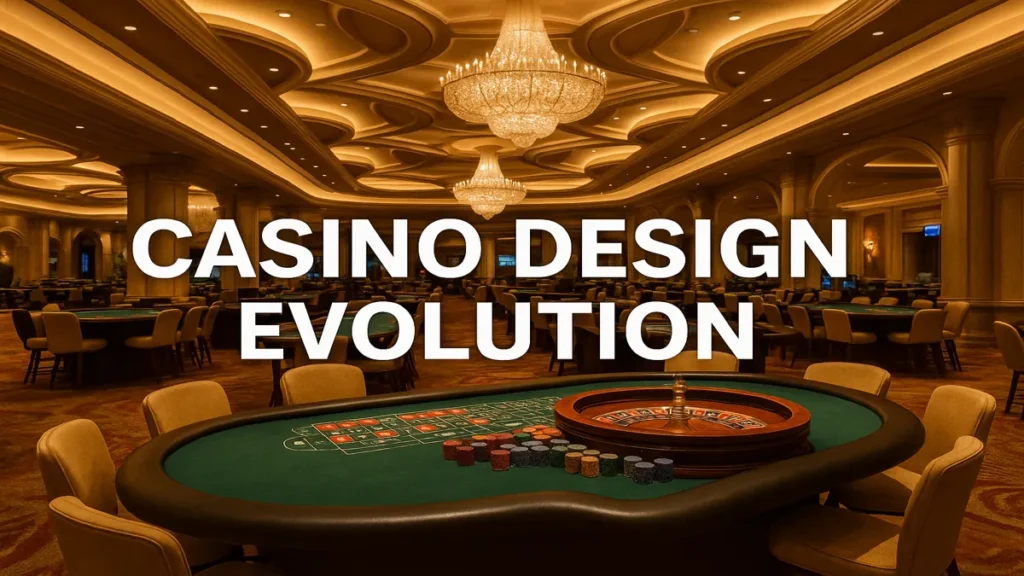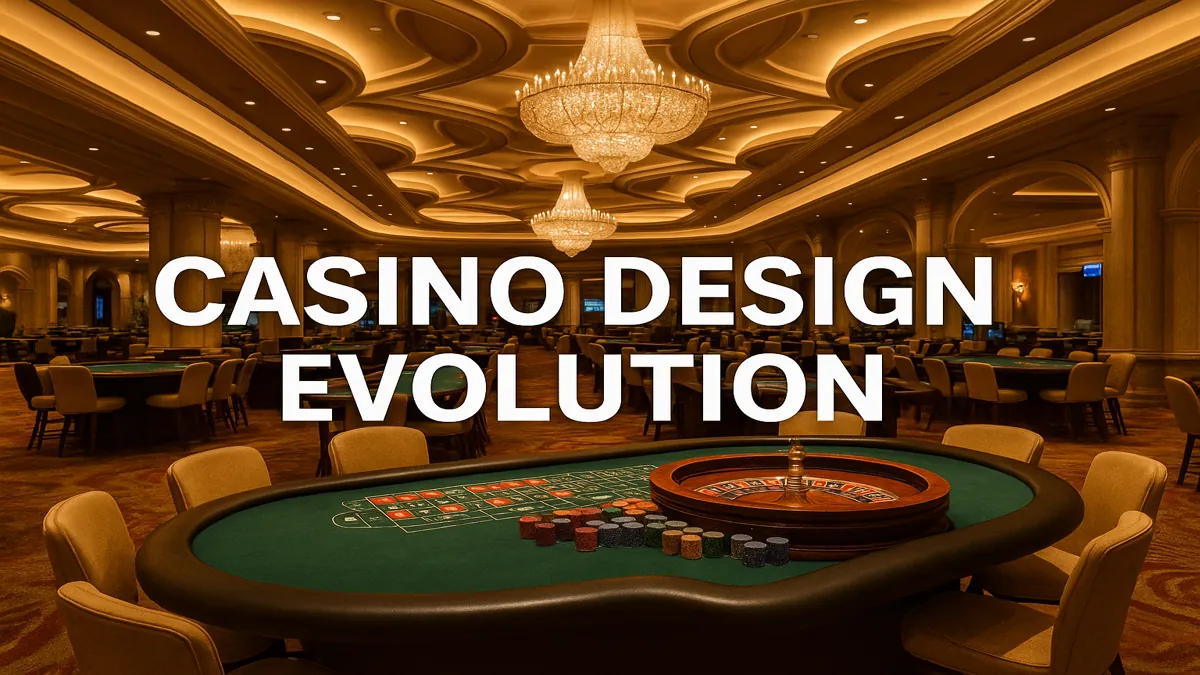The evolution of casino architecture and interior design reflects how environments are crafted to maximize consumer engagement. From dark, labyrinthine layouts to open, luxurious spaces, every design element serves a purpose: to encourage longer stays, greater spending, and emotional immersion. This article explores how casino spaces have transformed over time to trigger psychological responses and behavioral patterns.

The Origins of Casino Design
The Early Maze-Like Layouts
In the mid-20th century, casinos like those in Las Vegas featured maze-like interiors with no clocks or windows. This was known as the “gaming maze,” designed to disorient guests and prevent them from realizing how much time they spent gambling.
The Influence of Bill Friedman
Casino designer Bill Friedman formalized many psychological principles in his book Casino Management. He emphasized narrow paths, low ceilings, and high game density to create comfort and familiarity, subtly trapping visitors within the casino zone.
The Shift to Luxury and Openness
Steve Wynn’s Paradigm Shift
With the opening of The Mirage in 1989, Steve Wynn pioneered a new direction in casino design—one of elegance, light, and spaciousness. The idea was to attract higher-end clientele by creating a resort experience, not just a gambling environment.
Integration of Natural Elements
Modern casinos now often feature indoor waterfalls, natural lighting, and spacious layouts. These changes help create a relaxing and upscale ambiance that encourages longer visits while lowering stress levels.
Design as a Psychological Trigger
Color Psychology in Casinos
Red carpets, golden lights, and warm tones dominate casino interiors. These choices are based on color psychology: red stimulates energy and excitement, while gold suggests luxury and success.
Floor Plans and Game Placement
Games that are easy to win or exciting to watch—like slot machines or roulette—are placed near entrances. High-limit games are located deeper inside, requiring users to pass many temptations before reaching them.
Modern Innovations and Experiential Design
Tech-Integrated Architecture
Modern casinos incorporate digital signage, LED lighting, and immersive screens to create sensory-rich experiences. These features stimulate dopamine release, increasing the chances of prolonged play.
Theme and Brand Storytelling
Casinos now embrace strong visual identities—like Venetian canals, Roman palaces, or futuristic aesthetics—to immerse guests in fantasy and escapism. This emotional connection keeps them engaged beyond gambling.
Conclusion: Design That Drives Behavior
The evolution of casino architecture and interior design showcases how spaces can manipulate perception, mood, and decision-making. By blending psychology with aesthetics, today’s casinos are immersive, strategic environments that extend far beyond gaming tables.
